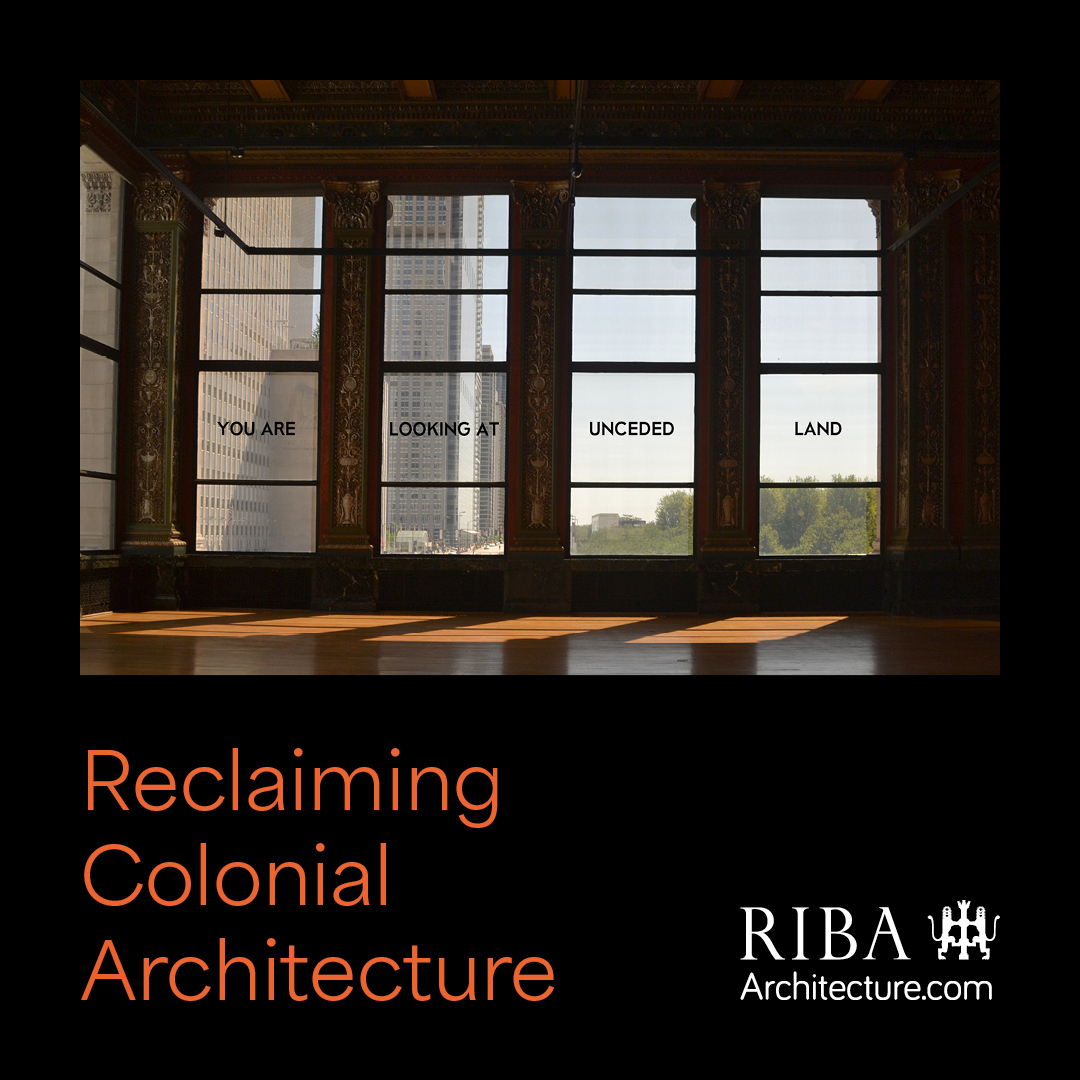The Chicago Cultural Center and the Settler Colonial City
I co-wrote an essay with Andrew Herscher titled “The Chicago Cultural Center and the Settler Colonial City,” it will be published as part of Reclaiming Colonial Architecture, a publication edited by Tania Sengupta and Stuart King. Here’s a description of the book from the RIBA books website:
Our world is full of lands, cities, buildings and artefacts, many of which are deposits and residues of colonial times and, more pervasively, colonial processes. Reclaiming Colonial Architecture unpacks the built inheritances of colonialism and re-thinks how we might understand, narrate, intervene in or act upon them as architects.
Offering historical background, unpacking key concepts and presenting thematically organised and multi-scalar urban and architectural case studies, this accessible publication showcases how legacies of colonialism are being dealt with in real-world instances. Case studies involve works and actions by built environment professionals such as architects and heritage practitioners, as well as community initiatives and activism.
The book aims to build confidence in practitioners, students and communities grappling with a seemingly vast and complex terrain of debates and approaches around colonial landscapes, urban areas, buildings, monuments and material culture. It also aims to be a helpful resource for architecture schools or critical heritage studies departments and organisations. Its content will provide a point of departure for graduate student inquiry and its accessible nature will help introduce undergraduate students to the concepts and questions of colonial built-environments.
Our world is full of lands, cities, buildings and artefacts, many of which are deposits and residues of colonial times and, more pervasively, colonial processes. Reclaiming Colonial Architecture unpacks the built inheritances of colonialism and re-thinks how we might understand, narrate, intervene in or act upon them as architects.
Offering historical background, unpacking key concepts and presenting thematically organised and multi-scalar urban and architectural case studies, this accessible publication showcases how legacies of colonialism are being dealt with in real-world instances. Case studies involve works and actions by built environment professionals such as architects and heritage practitioners, as well as community initiatives and activism.
The book aims to build confidence in practitioners, students and communities grappling with a seemingly vast and complex terrain of debates and approaches around colonial landscapes, urban areas, buildings, monuments and material culture. It also aims to be a helpful resource for architecture schools or critical heritage studies departments and organisations. Its content will provide a point of departure for graduate student inquiry and its accessible nature will help introduce undergraduate students to the concepts and questions of colonial built-environments.
